Circa’s “Humans” began as an experiment. As Circa’s artistic director Yaron Lifschitz phrased it, the show was “a big research project.”
After the success of “Humans” in 2017, the acrobatic contemporary circus company made a follow-up piece titled “Humans 2.0” in January 2021 that is now making its L.A. debut on October 18-19, 2024 at The Wallis in Beverly Hills. The show expands on what has already been discovered with the first iteration of “Humans,” digging deeper into the power of the ensemble to enhance some of the breathtaking spectacles Circa is known for.
“In ‘Humans,’ the site of motion and aliveness is very much in the individual body, grooving,” Lifschitz said. “In ‘Humans 2.0,’ it’s the group, and the group has this endless series of motions, interactions, trying to find points of balance and equilibrium.”
‘Humans 2.0,’ also directed by Lifschitz, has a strong groove guiding the bodies on stage from section to section. The groove created by Ori Lichtik’s music slowly pulls the ensemble of performers together as a consistent beat evolves.
The show is made up of three acts. The first act picks up where “Humans” left off, evolving the journey from one performer to an ensemble attempting to find structure. Act two incorporates solos and a joyous groove guiding the chaotic energy from person to person. Act three is punchier and stripped back, finally bringing the ensemble into tight unison. Immediately after the success of “Humans,” Lifschitz started working on this second chapter that would expand on what he discovered in the first iteration.
“The first show, ‘Humans,’ was really about exploring how to humanize acrobatics by accessing groove, by looking at keeping bodies in motion and breaking the biomechanical alignment of acrobatics to see what we could do,” Lifschitz said. “You’ll see a lot of floppy, bendy bodies, bodies wiggling, contorting, moving in and out of shape — and still trying to do acrobatics around those things.”
“Humans 2.0” is unique compared to the first iteration because while the company found its footing during “Humans,” “Humans 2.0” developed out of outside inspiration, a general interrogation of the company’s mission and the new sociopolitical weight of the pandemic.
“We made it during COVID, so we had a different sense of what it meant to be together, to share a room, to touch each other,” Lifschitz said. “Those things had suddenly become poeticized and politicized in a way that they weren’t when we made the first show.”
The show was also partially inspired by a podcast Lifschitz heard where a ballet historian broke down the art form’s origins, recalling how ballet started as a courtly series of aristocratic rituals. There was a weightlessness to it that continued to develop. He contrasted this evolution to contemporary dance rejecting weightlessness and finding a grounded movement vocabulary. He started questioning what this rejection of the norm and evolution of an art form could look like for Circa and its relationship to the circus.
“We go into the heart of circus, and we extract threads of material and plant that in various contemporary practices, be it improvisation, theater, choreography, or whatever,” he said.
Circus always has a level of risk, thrill and jeopardy. People must stack atop each other and remain aligned and balanced. Circa takes these moments further by playing with how performers reach those moments of balance. Sometimes there is space for wiggling, pushing the boundaries of that balance, but the acrobatic stability is at the core of the movement. Lifschitz simply adds a degree of fluidity and organic systems for a splash of surprise to the acrobatics.
This was not always the case for Circa. The company was created in Brisbane, Australia in 1987 under the name Rock n’ Roll Circus. The company established itself as a contemporary circus that fused music and theater into the presentation of its acrobatics, often reflecting on contemporary issues including disenfranchisement and AIDS education. Lifschitz was appointed artistic director in 1999 and steered the company with his commercial sensibilities. He renamed the company to Circa in 2004. It is celebrating its 20th anniversary since the transition this year. Currently, the company distributes its full-time ensemble into different projects, from the tour of “Humans 2.0” to local family shows and operas in Australia.
“My intention at the time was to explore the artistic possibilities of this art form,” he said. “I think what we discovered was that it was a really rich way of communicating with embodied emotions.”
Circa last performed in Southern California in 2019 at The Wallis and 2022 in Santa Monica. Since then, a lot has changed. In a time of so many political and societal shifts, Lifschitz is interested in sharing the richness of humanity through “Humans 2.0.” The show depicts people moving and shifting together organically, whether collapsing to the ground or rising as if the wind is carrying them up.
‘When a wind comes, it doesn’t blow everything roughly together — not exactly at the same time — you get these emergent systems that are really interesting to me,” he said.
In every venture of the company, Lifschitz aims to humanize the circus. Although structured, there are still humans behind the movement and spectacle. Lifschitz wants to show society in its authenticity: “It’s complex and messy,” he said. “It’s not very good standing in line. Occasionally it gets its sh** together and sometimes it’s deeply disruptive. That’s what society is.”
Circa “Humans 2.0” will run October 18-19, 2024 at The Wallis Annenberg Center for the Performing Arts. To purchase tickets, please visit The Wallis’ website.
For more information on Circa, please visit their website.
Written by Steven Vargas for LA Dance Chronicle.
Featured image: Circa “Humans 2.0” – Photo by Pedro Greig.

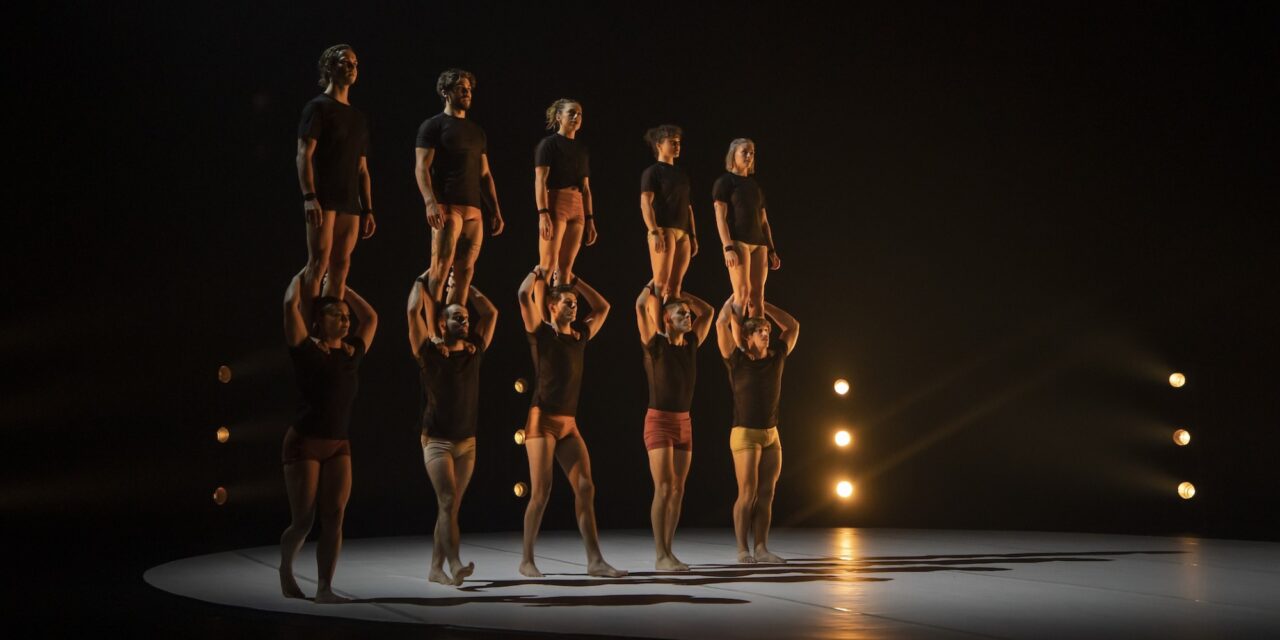
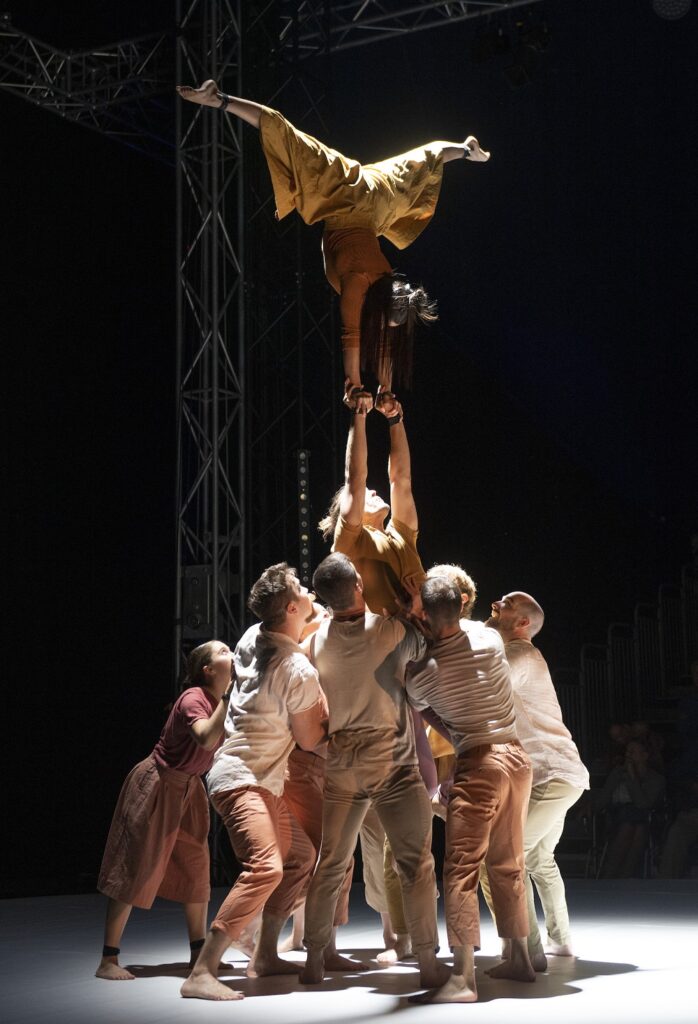
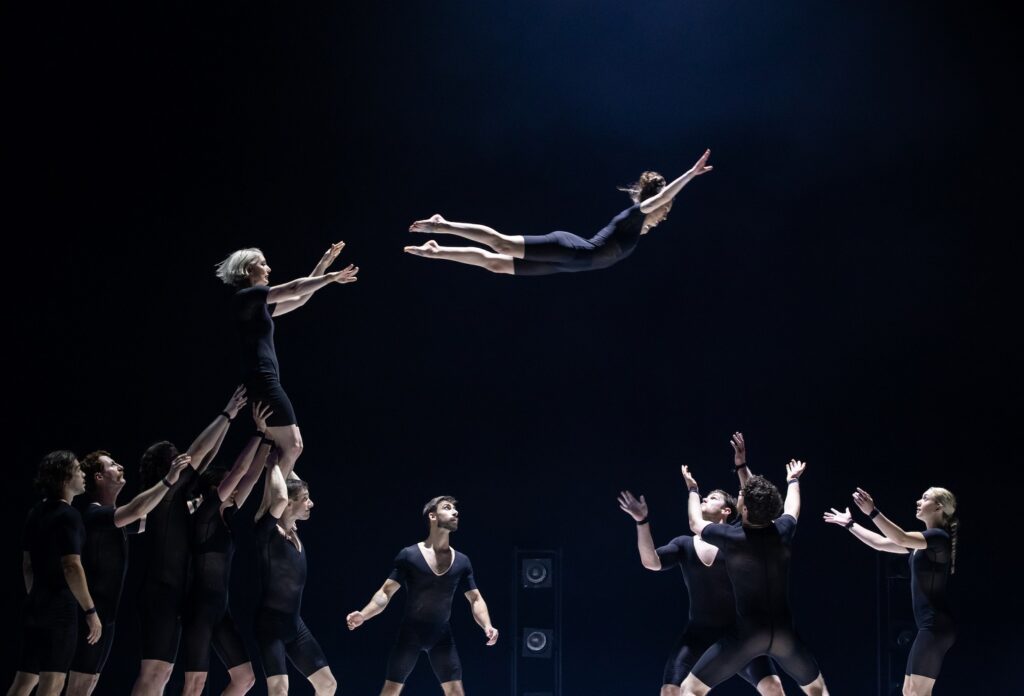
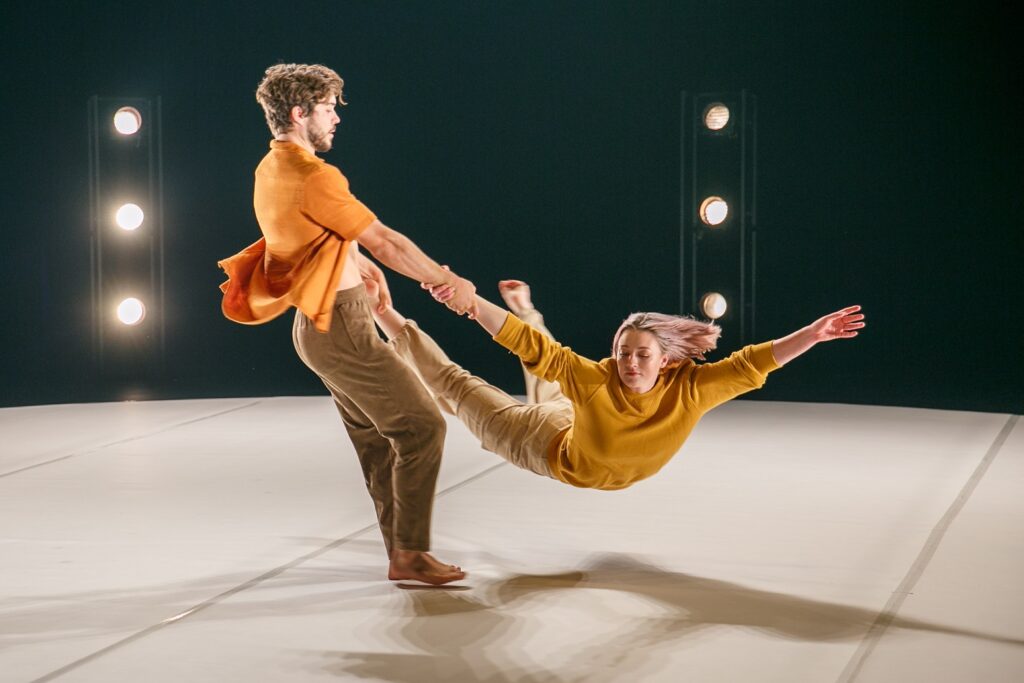
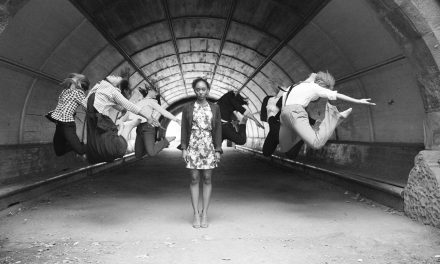
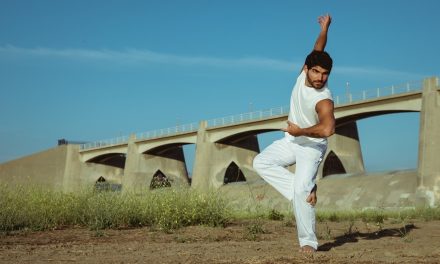
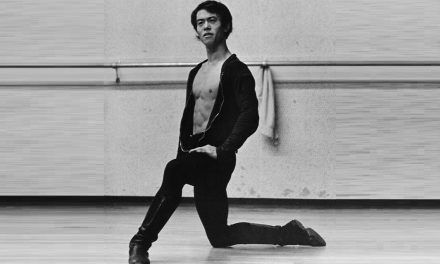
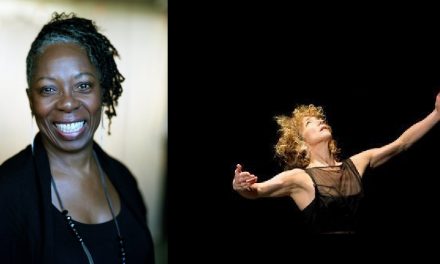


We saw your program last night (Scottdale, AZ) and it was the BEST show we have seen in our entire 85 years of life!!!!!! Everyone was amazing, so talented and fascinating!!!!!
Winnie and Earl